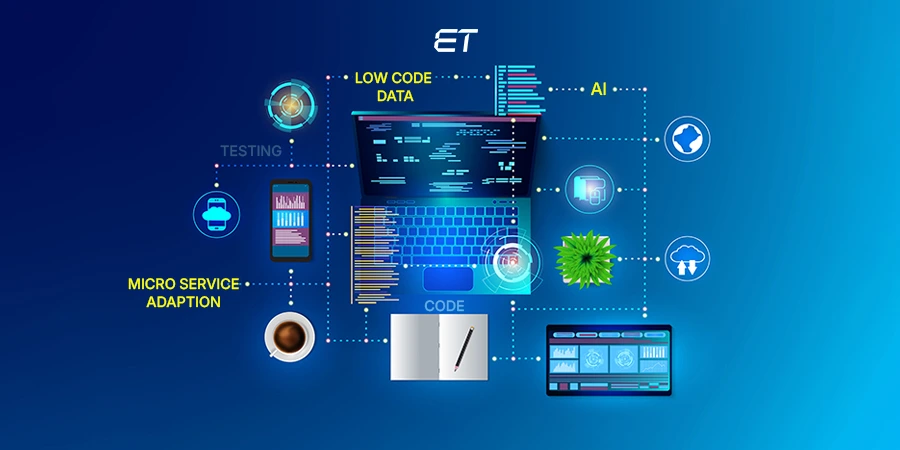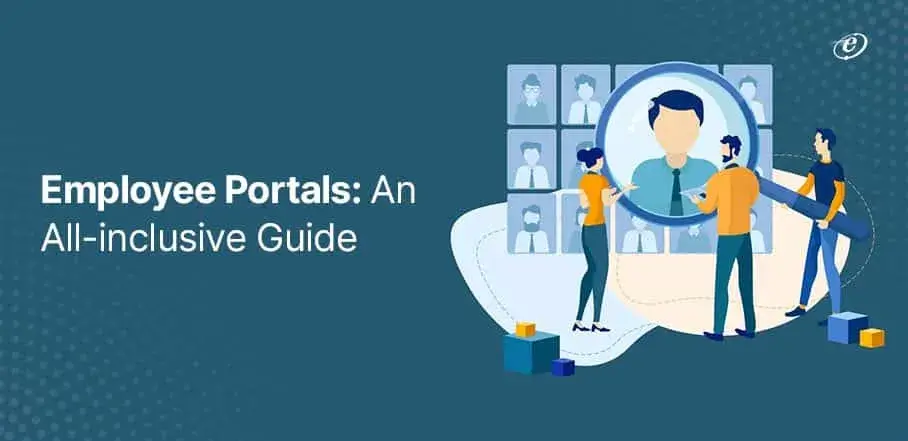
Employee Portals: The New-age Asset for Modern Corporates
Picture this – you stand in a long queue, waiting for your turn, and spend considerable time to get your data from a service executive. Now, on the other hand, you can access an online platform (like employee portals) and download the required information from any place and at any time.
Which of the two scenarios feels convenient?
Definitely, the second one.
Products like employee portals serve the same purpose. They assist your employees in many things at their convenience.
67% of customers in the modern era prefer self-service. That’s why web portals came into existence. Amongst the different types of such platforms, an employee portal system becomes essential for businesses.
In this case, the target audience is your employee. So, what do you need to know about an employee portal software? And should you invest in creating such a platform?
Find out all the relevant answers in this informative and straightforward blog.
A Look at Employee Portals
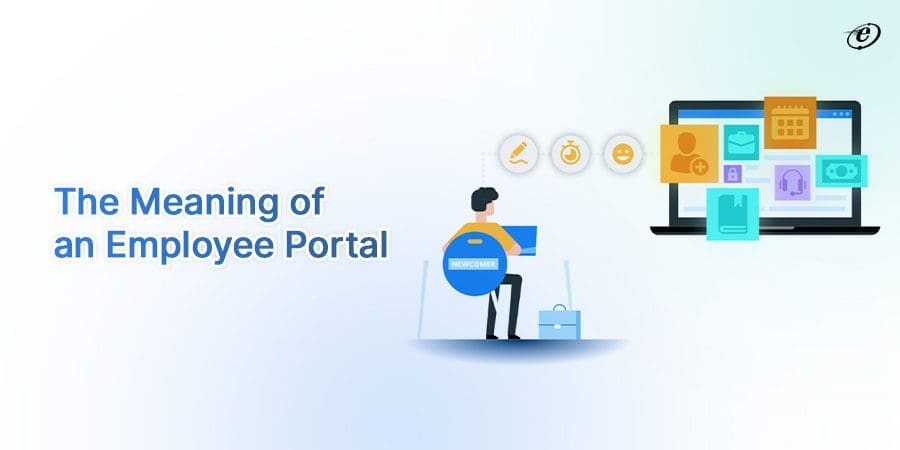
An employee portal system is a digital product. It is an engaging platform on which your employees can access relevant data.
The other name for employee portals is HR portals. In most cases, such digital systems have HR-related features.
Notably, the ease of access is a prime characteristic of employee portal software.
Proper deployment of these portals offers the following main advantages:
- Enhancement in employee experience
- High employee satisfaction
- Effective internal communication
- Increased productivity
- Efficient HR operations
Overall, such portals can be a crucial digital asset for your company.
What is a Well-known Example of an Employee Portal System?
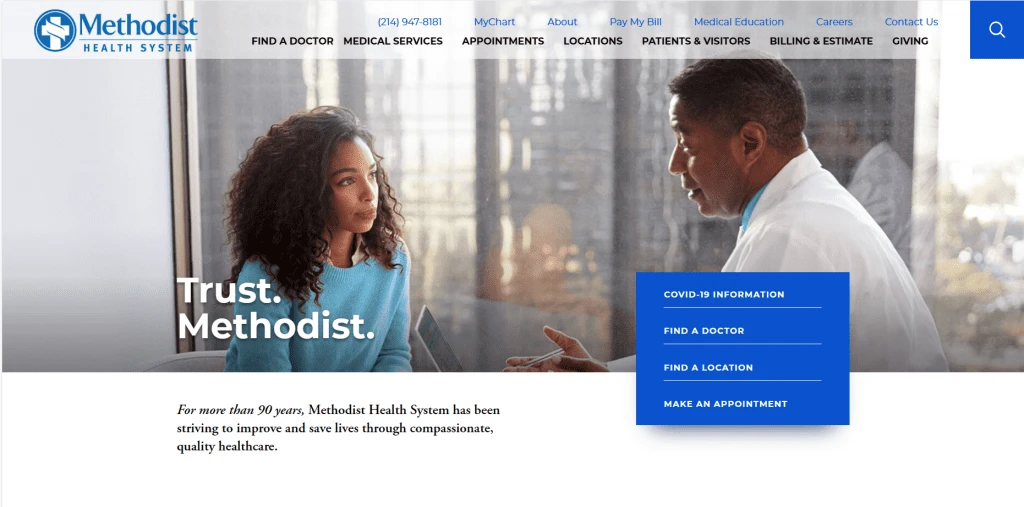
The Methodist Health System is a prominent non-profit healthcare organization in the US. It has a dedicated employee portal software.
Notably, the sign-in interface and accessibility of this portal are simple and ergonomic.
What Do Employee Portals Include?
By now, one thing must be clear to you – an employee portal system helps your workforce. It promotes self-service and adds convenience to your associate activities.
But what do general employee-centric portals have in common? This section explains the main pointers.
-
Document Manager
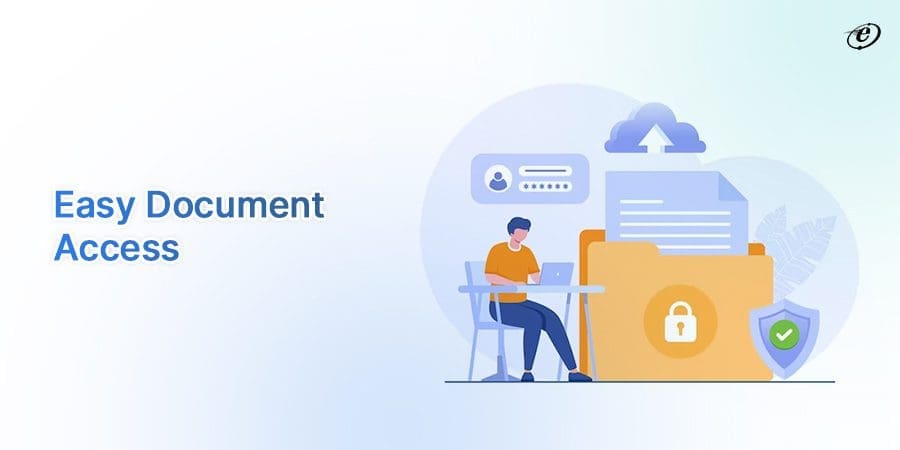
Today, employees do not want the hassle of multiple papers lying around their desks. Employee portals solve this problem with an easily accessible document manager.
This feature enables you to store and manage the following file types:
- Spreadsheets
- PDFs
- Docs
- Presentations
- E-books
An employee portal system enables your workers to access any file at any time. Also, if you choose cross-platform development, it is possible to make your portal compatible with any device. Useful, isn’t it?
If you are considering cross-platform development to build employee portals, consider Flutter. This framework provides various advantages and ensures fast development speeds.
-
Finance Section

Do you want your employees to approach the Accounts section to ask small doubts?
Well, in most cases, no. You want your Accounts team and other employees to focus on their tasks and access information easily.
A dedicated finance section in an employee portal system serves this purpose.
Here are some of the elements that your employee can access in such a segment:
- Payslips
- Salary information
- Expense reports
- Insurance options
- Income tax forms
Moreover, installing such features makes employee portals all-inclusive platforms.
-
Company Handbook

An employee or company handbook is a guide that contains helpful information. It has details like policies, leave details, upcoming events, and much more.
Employee portals with such a handbook engage your workforce.
However, to make the best utilization of such features, ensure the following aspects:
- The handbook is easily accessible
- It is available as a downloadable PDF
- The content is easy to consume
- You use the brand colors properly
A company handbook is very useful, especially for recruits.
-
Personalized Feed

You want your employee portal software to provide relevant information. Birthdays, work anniversaries, extra-curricular events, or the next seminar – employee portals should provide push notifications of such activities.
So, developing a personalized feed that addresses the end user is crucial. It is fun, intuitive and keeps employee experience (EX) on the forefront.
-
Latest News and Resources

Like personalized feeds, the best employee portals have a separate news section. This segment includes new product launches, changes in company policy, information on a new client, or any other details.
In addition, the following resources or content types can be helpful when someone uses your employee portal online:
- Blogs
- Videos
- Case studies
- Newsletters
Moreover, provide relevant content about your organization, and your employees will always be in the loop.
The Benefits of Employee Portals
Why should I develop an employee portal system? Are self-service and employee engagement the only benefits?
Well, the answer is no. There are several other advantages of developing employee portals. Read this section to know the valid points.
-
Efficient HR Operations

Communication is the key to desired success in today’s world. Your Human Resources department should be able to convey vital information seamlessly.
Notably, employee portals can help solve this purpose. These platforms cover the following HR-centric activities:
- News and announcements
- Onboarding process
- Changes in corporate policy
- Leave approvals
- Resignation process
- Internal job opportunities
Overall, an employee portal software saves time and proves helpful for your HR executives.
-
Cost Reduction

Do employee portals save time and money?
In a word, yes.
These platforms enable your employees to become more productive. They do not have to approach various executives to solve their queries.
As a result, there is less paperwork and time wastage. In addition, access to documents on a central platform enables ease of data connectivity.
This facility leads to high efficiency and minimizes errors during operations.
-
Talent Retention

In a competitive world, providing exceptional employee experience to retain talented professionals is vital. Businesses are partnering with reliable IT vendors to create employee portals that engage skilled individuals.
A platform that adds convenience to your employees will always produce the best user experience. As a result, your top talent will most likely remain associated with your organization.
So, develop robust employee portals and notice the difference in employee engagement.
-
Improvement in Employee Perception
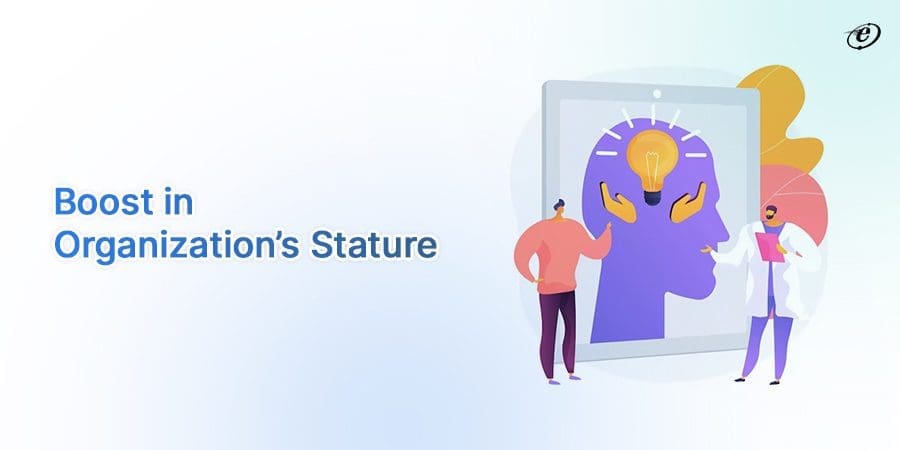
How do you boost the image of your organization in front of your workforce?
Well, employee portals are one solution. These platforms have a direct impact on the following factors:
- Employee experience
- Workforce retention
- Engagement levels
- Employee satisfaction
- Information Access
Overall, employee portal software adds convenience, improving an individual’s perception of your company.
So, if you want your team to get the best experience at work, building high-quality portals can be a game-changer.
Top Employee Portal Software to Consider
You can follow two approaches to building employee portals:
- Develop one from scratch
- Use ready-made software
Hiring dedicated developers to create a portal from scratch makes it possible to customize various features. On the contrary, ready-made software often comes as an all-in-one solution.
So, choose the best option wisely. This section showcases five employee portal software you can prefer if you do not want to develop one through coding.
1. Zoho People
Interesting features:
| Task automation | Attendance management |
| Tailor-made HR workflows | Performance management |
| Simple onboarding | Timesheets |
Homepage:

If you want to explore more details about this project click here – Zoho.
2. Connecteam
Interesting features:
| Employee scheduling | Task management |
| Knowledge base | Time clock |
| Integrated document management | Secure data storage |
Homepage:

To learn more about this popular employee portal software,Find out details here: Connecteam.
3. SAP SuccessFactors
Interesting features:
| Distinct access permissions | Global benefits administration |
| Absence management | Dynamic notifications |
| Custom communication | Organizational charts |
Homepage:

Explore their official website to understand more about the SuccessFactors product.
4. Oracle HRMS
Interesting features:
| Seamless onboarding | Employee engagement |
| Employee database | Payroll access |
| Talent management | Training base and resources |
Homepage:

Explore the Oracle HRMS official web page here: Oracle HRMS
5. Workday
Interesting features:
| Employee onboarding | Real-time analytics |
| Data migration preparation | Training management |
| Payroll access | Communication boards |
Homepage:
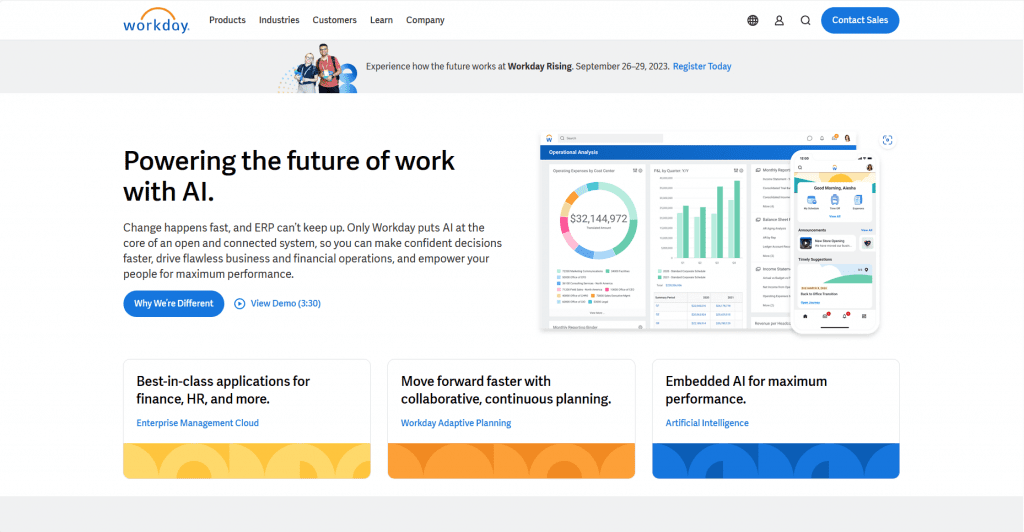
To learn more about this employee portal software, Find out details here: Workday.
Tech Options to Build Employee Portals
If you want to opt for manual coding, it is crucial to get in touch with a professional web portal development company. Such firms have dedicated developers who are well-versed in using apt technologies.
This table explains the main element types of a tech stack that help build intriguing employee portals.
| Element Types | Role in Portal Development |
| Cloud-based Solution | Software that provide HR-oriented functionalities over the internet. You can access such employee portals from any device in any location (provided you have a stable internet connection) |
| Open-source Software | Such technologies offer more flexibility in terms of coding and can be compatible with various devices. You can use these sources as cloud technology or on-premises |
| Legacy System | These are conventional software solutions that require significant initial investment. Generally, this option is useful for large-scale enterprises and needs official licensing |
| Customized Portal System | You can create a tailor-made employee portal system that portrays your brand’s voice. The choice of professional developers |
In a Nutshell
As a business, it is crucial to provide exceptional employee experience. Employee portals solve this purpose profoundly.
These platforms enable your workforce to access information-relevant content and get real-time organizational updates. An employee portal system acts as a self-service digital space where each associate can sign in and receive personalized assistance.
Before building employee portals, it is vital to choose the essential features. Ensure that the development team understands your business structure. Create content that can prove helpful to your employees.
A successful employee portal software will reduce the dependency of employees on different departments. As a result, there is cost-saving, high productivity, and increased employee engagement in your organization.
To get the best results, contact an experienced web portal development company.
Frequently Asked Questions
1. What are the general stages in building employee portals?
The five stages of developing an employee portal system are ideation, planning, designing, testing, and deployment. Approach a reliable portal development firm to ensure the developers follow a methodical approach to complete all these stages professionally.
2. What are some famous employee portal software?
Names like Grove HR, Zoho People, Pocket HRMS, SolarWinds, and Talentsoft are prominent in the employee portal market. You can choose such readily available solutions or create customized portals from scratch.
3. What is an intranet portal?
An intranet is a local platform that in-house employees can access in an organization. Intranet portals generally use technologies like HTTP or SMTP.



